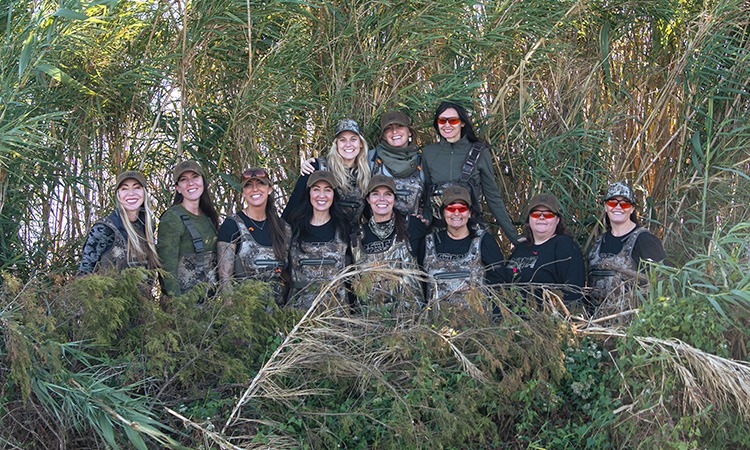Choosing your first deer rifle can feel overwhelming. With so many calibers, actions, and features available, it's hard to know where to start. The good news? By focusing on a few key decisions, you can find a rifle that fits your needs and builds your confidence in the field.
By Phil Massaro
So, you've decided to join the millions who head afield each fall for whitetail deer season-welcome to a time-honored tradition!
If you plan on hunting deer with a rifle, you'll find a wide and varied selection of styles, sizes and applications. You'll want to choose wisely, for this rifle is going to accompany you on some wonderful adventures and will help you make some fantastic memories.
Deer Hunting Regulations: What You Need to Know
Before you head to your local firearms retail store to do some shopping, you'll need to become acquainted with your local game laws, to ensure that the area in which you will be hunting allows the use of a rifle. There are states and counties that prohibit rifles for deer hunting, while others restrict the type of rifle cartridge permitted for hunting deer.
Check Hunting Regulations by State
 There are plenty of choices among the deer rifles, and the correct choice is a personal one.
There are plenty of choices among the deer rifles, and the correct choice is a personal one.
How Do You Choose the Right Action for a Deer Rifle?
The first thing to consider in your selection of a deer rifle is the action you prefer. There are four to choose from.
Bolt-Action Rifle
The bolt-action rifle is undoubtedly the most popular choice among today's deer hunters. Using a bolt with locking lugs to secure the breech when the action is closed and ready to fire, a bolt-action rifle is strong enough to handle the most powerful cartridges. Follow-up shots are fast in practiced hands.
A popular example is the Savage Model 110 bolt-action rifle.
Semi-Automatic Rifle
The autoloading, or semi-automatic, rifle is another popular choice, whether in one of the traditional configurations or in a modern sporting rifle (MSR). They offer the advantage of a faster follow-up shot and are usually reserved for shorter cartridges of medium velocity, which are among the most popular for deer hunting.
Learn more about the functionality customizable nature of MSRs.
Lever-Action Rifle
The lever-action rifles that were so popular in the first half of the 20th century still make a great choice for deer season, as they are light, handy and are chambered in cartridges that offer enough energy to effectively kill deer. There are modern variations that are chambered for some of the more powerful cartridges like the .30-'06 Springfield and .270 Winchester, while you'll find traditional models chambered for lower pressure cartridges like the .30-30 Winchester and .35 Remington. In the more traditional chamberings like the latter, effective range is generally less than that of the more powerful cartridges chambered in bolt-action rifles, so these lever-actions remain a favorite with hunters hunting in thick cover and where shots are not long.
A good example is the Winchester Model '94 lever-action rifle.
Single-Shot Action
The last action you have for consideration is the single-shot. While they are often the choice for adults mentoring youth hunters because they break open to easily show an unloaded gun and can, as the name implies, hold only one shot, there are a number of highly accurate, sophisticated single-shot firearms on the market that any adult deer hunter would enjoy. They tend to be lighter in weight than their bolt-action and semi-auto counterparts, making them a great option for still hunters, stalkers and those hiking miles of wilderness. Many offer a switch-barrel option, which means you can fire different cartridges simply by swapping out the barrel, and that provides, essentially, for many guns in one.
A good example is the Ruger No. 1 single-shot rifle.
What Stock Options Work Best for Beginners?
While shopping, you'll find deer rifles outfitted with a variety of stock types. There will be the classic wood stock (usually of walnut), but there are also laminate wood stocks that are both snazzy looking and durable, and many rifles intended to stand up to the rigors of hunting in all the elements wear a synthetic or polymer stock. All make a good choice, so it will come down to your personal preference. Just know that the synthetics will better resist the effects of the elements, but there is something warm and comforting about the feel of a walnut stock, and wood stocks are easier for a gunsmith to alter when it comes to adjusting length for a proper fit. If you like a blend of both ideas, a laminate wood stock makes a great compromise, offering a weather-resistant package yet retaining the feel of natural wood.
I mentioned the fit of a rifle. That's an important consideration in choosing a deer rifle (or any firearm). An ill-fitting rifle will invariably be uncomfortable to shoot-and it can also make shooting unsafe if you can't handle the rifle properly. If the rifle's stock is too long or too short, it will not come up to your shoulder properly, and that can pose a problem if a quick shot presents itself-sometimes one quick opportunity may be all you have at a deer.
Stocks that don't fit can cause poor shooting habits, as the felt recoil can intensify, especially when practicing with the rifle. Any firearms retail store with knowledgeable salespeople will encourage you to shoulder any rifle you're considering to ensure the fit and balance work with your frame. When evaluating fit that way, also keep in mind the weather in your area during deer season, as a heavy hunting coat and layers underneath will absolutely affect the way your rifle fits. Even if you're shopping in summer, bringing along the coat and other upper body layers you might be wearing in November could make the difference in choosing a gun that's a joy to shoot and one that's awkward.
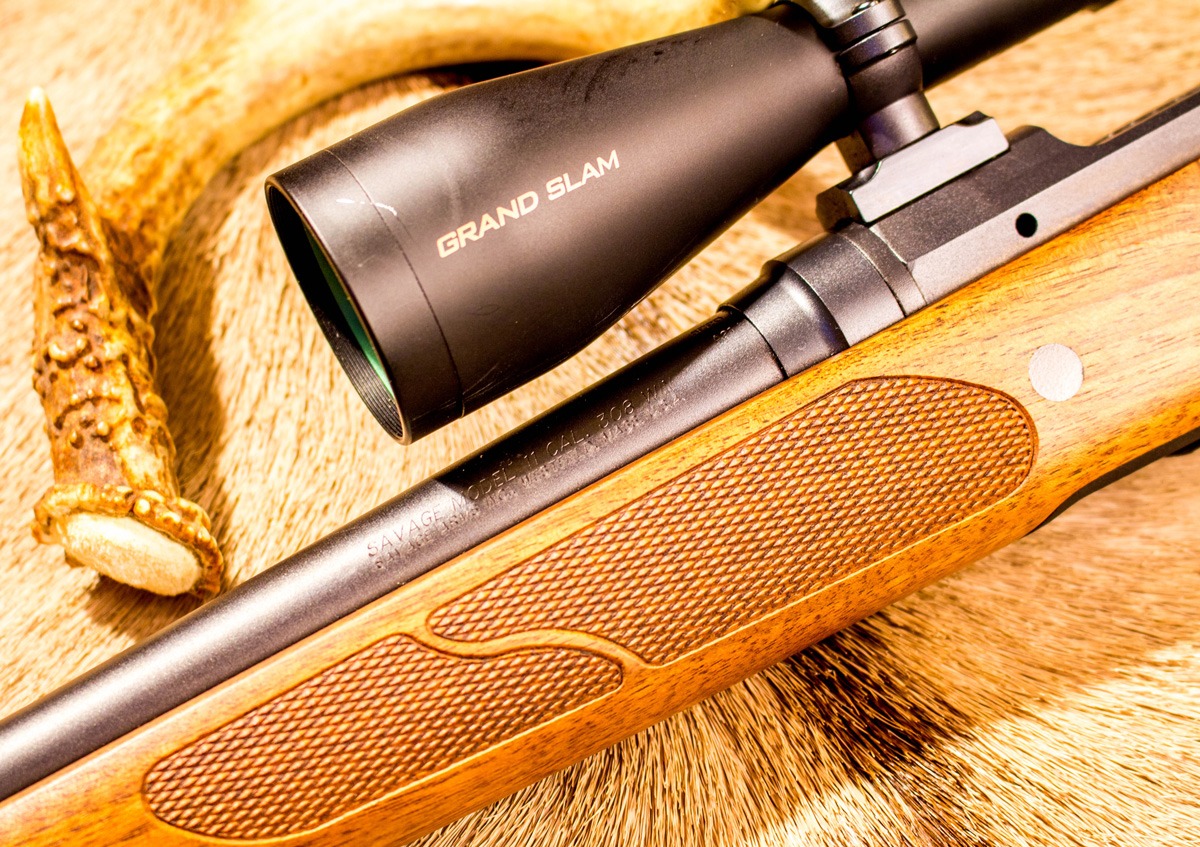 A short-action Savage Model 11, chambered in .308 Winchester and stocked in the LadyHunter configuration with a shorter buttstock, is a perfect choice for women heading to the deer woods.
A short-action Savage Model 11, chambered in .308 Winchester and stocked in the LadyHunter configuration with a shorter buttstock, is a perfect choice for women heading to the deer woods.
Do You Need a Scope for Deer Hunting?
Unless your hunting area is thickly wooded and shots will be very close, odds are you'll want to take full advantage of a telescopic sight mounted on top of your rifle. They allow for precise shot placement, and there are models available for all sorts of hunting scenarios and in prices from budget-saver to budget-buster. For your first deer rifle, I'd make sure that your choice can easily accommodate having a scope mounted on it.
Rifle Scope Resources
Mounting a Rifle Scope
The Parts of a Rifle Scope
The Numbers on Your Scope
Rifle Scope Reticle Options
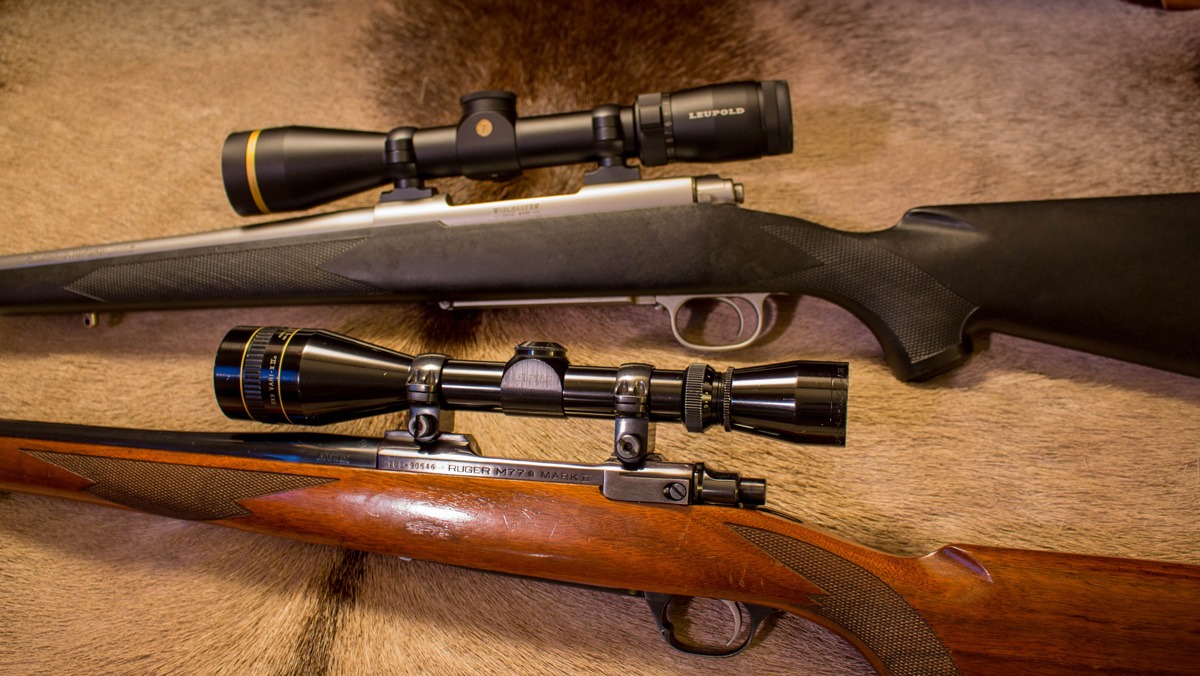 A pair of bolt-action rifles, the Winchester Model 70 and Ruger Model 77 MkII, each a great choice for general deer hunting.
A pair of bolt-action rifles, the Winchester Model 70 and Ruger Model 77 MkII, each a great choice for general deer hunting.
Which Caliber Is Best for a First Deer Rifle?
You'll see many different cartridges available among the deer rifles, so many that it can be almost overwhelming. My recommendation for a first deer rifle would be to choose one of the more popular calibers, so that ammunition will be readily available at all times. The classic .30-'06 Springfield, the .308 Winchester, the 6.5 Creedmoor, .243 Winchester and .270 Winchester all make excellent choices for all-around deer hunting, as they are just as effective at longer ranges as they are up-close and personal. For the lever-action, the .30-30, .444 Marlin and even the .45-70 are great choices and should also be readily available at retailers. All are easy enough on the shoulder for a shooter to become proficient, and all are readily available in almost all sporting goods stores that sell ammunition.
There are dozens and dozens and dozens of cartridges out there old, new and in between, and every year a new crop is introduced. Get your first hunts in with a rifle that's easy for you to shoot and chambered in a cartridge that you can find at just about any retail store. Then, once you have that first venison burger or tenderloin wrapped in bacon, I can almost guarantee you'll be hooked on deer hunting and exploring new places to hunt and ways to be more successful. Cartridge choice is one way to improve your success when tailored to the habitat your hunting and how your hunting, so while the get-'em-done cartridges I listed above will indeed get the job done, trying a new cartridge and rifle combination ups the entertainment quotient considerably.
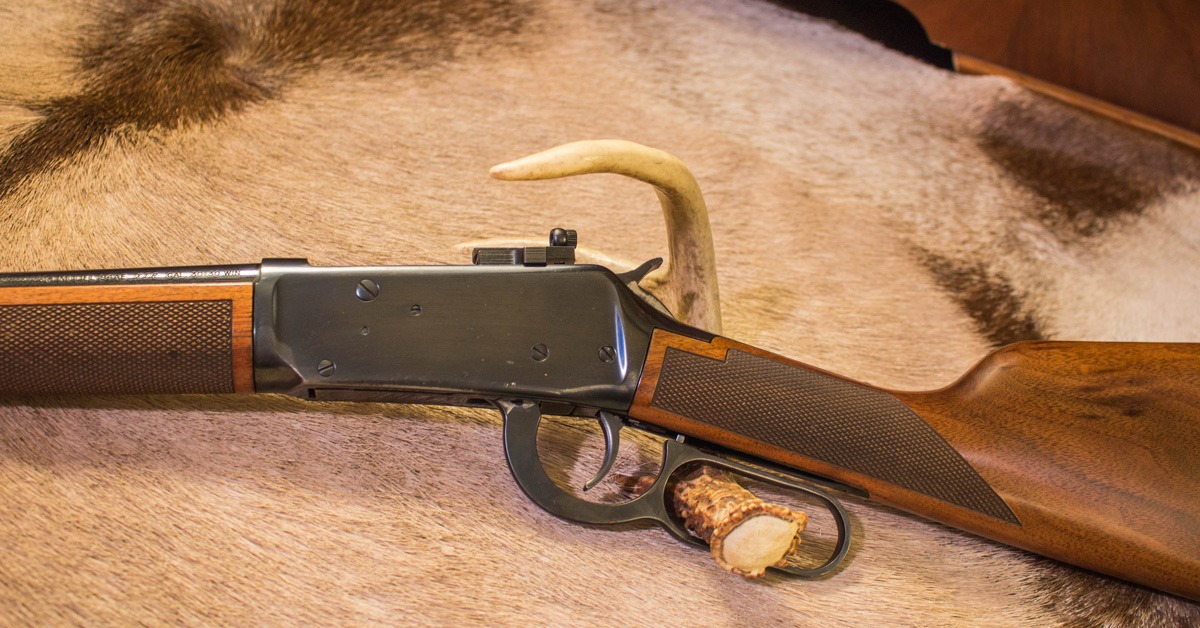 The Winchester Model 94, chambered in .30-30 Winchester, still makes a solid deer rifle, especially in the East where shots tend to be closer in thick forest habitat.
The Winchester Model 94, chambered in .30-30 Winchester, still makes a solid deer rifle, especially in the East where shots tend to be closer in thick forest habitat.
How Much Should You Spend on Your First Deer Rifle?
The cost of a deer rifle can easily range from a few hundred dollars to several thousand, depending on your budget and taste. The good news is that many rifles models referred to as "entry-level" are better now than they ever have been. While they may lack some frills, you will find that they are as dependable and accurate as their fancier upgraded versions, able to literally serve for a lifetime of deer hunting. In fact, many times, models in a manufacturer's series lineup will all be the same rifle mechanically, but the upgraded versions will be dressed up with a camo-clad or higher grade wood stock or wear a Cerakote finish on their metal parts. Cosmetics are nice, and some do help ward off wear and tear, but they don't make the gun shoot any better. Perusing the used gun racks of your favorite area retails should also be something to consider. Not only can a great find there net you a bargain, finding them with scopes already mounted is commonplace, and many retailers these days are carefully vetting their used guns before they offer them for sale and offering warranties.
While I have hunted with models up and down the price range, I've noticed that none of the deer I've killed were much concerned with the price tag or pedigree of the rifle I carried. Yes, I do enjoy the finer points of a classic rifle, the upgraded wood, high-polished blue metal, and finely tuned action and trigger, but I'll will readily head to the deer woods with any current production rifle right off the rack-and I won't wince when the stock gets a scratch on it.
Shopping for your deer rifle is one of the best parts of deer hunting. It is one that's a very personal choice, and once you find the one that's you-and you kind of know it when you shoulder it, it's just that kind of feeling-your rifle will invariably become an old friend quickly.
Conclusion: Confidence Over Complexity
Choosing your first deer rifle can feel overwhelming, but it doesn't have to be. Focus on the fundamentals-action, stock, optics, caliber, and budget-and you'll end up with a rifle that fits you, not just your wallet.
More than the gear itself, what matters most is practice and confidence. The best rifle for you is the one you can shoot comfortably and accurately every time. Pair that rifle with safe handling, plenty of range time, and a respect for the hunt, and you'll be well on your way to building lasting deer hunting memories.
About the Author
Phil Massaro's expertise both with firearm and sentence has quickly given him a hard-earned reputation in the outdoor industry. Hunting in his native New York state since the age of 14, Massaro now travels the world, pursuing everything from the whitetails and black bears of New England to red stag in Scotland, Cape buffalo in Zambia and Mozambique, elephant in Zimbabwe and water buffalo in Australia. His work appears regularly in the NRA's American Hunter and Shooting Illustrated, Gun Digest, Guns & Ammo and Dallas Safari Club's Game Trails Magazine, often accompanied by the photography of his wife, Suzie, also an avid hunter. When not writing or hunting, he works as a professional land surveyor alongside his father, and he also manages to squeeze in time at the reloading bench of Massaro Ballistic Laboratories, the custom ammunition company he founded.

Phil Massaro
Quick Takeaways: Choosing Your First Deer Rifle
Action
Stock
Optics
Caliber
Budget
Action
Bolt-action rifles are reliable, simple and beginner-friendly.
Stock
Synthetic stocks are durable; wood stocks offer classic feel but need more care.
Optics
A quality scope makes a big difference for accuracy and confidence.
Caliber
.243, .270 and .308 are proven beginner calibers for deer hunting.
Budget
A reliable entry-level rifle costs less than you might think-focus on fit, not flash.
FAQ: Beginner Deer Rifle Questions
Hunters often ask practical questions about adapting their tactics to different landscapes. These answers cover the most common terrain-specific challenges and strategies.
What is the best type of rifle for a beginner deer hunter?
Expand
Most new hunters start with a bolt-action rifle. It's dependable, easy to maintain, and widely available in beginner-friendly calibers.
Which caliber should I choose for my first deer rifle?
Expand
Popular beginner calibers include .243, .270, and .308. They balance manageable recoil with enough power for ethical deer harvests.
Do I really need a scope as a beginner?
Expand
Yes. A good entry-level scope improves accuracy and builds confidence. Even a basic 3-9x scope can make a big difference for new hunters.
How much should I spend on my first deer rifle?
Expand
You don't need the most expensive rifle to be successful. Many reliable models fall between $400-$700. Prioritize fit, comfort, and dependability.
Should I buy new or used for my first rifle?
Expand
Both options can work. A new rifle ensures warranty and reliability, while a used rifle may save money if purchased from a trusted source.
Deer Hunting Strategies
Deer Hunting 101
Online Course
The Official NDA Deer Hunting Course will teach you where to hunt, deer hunting tips and strategies, the best rifle for hunting deer, and much more.
LEARN MORE
Field to Fork: Venison Recipes
Venison is lean, healthy, and full of flavor. From simple burgers and chili to roasts and stews, it's a versatile meat that turns your harvest into delicious meals for family and friends.
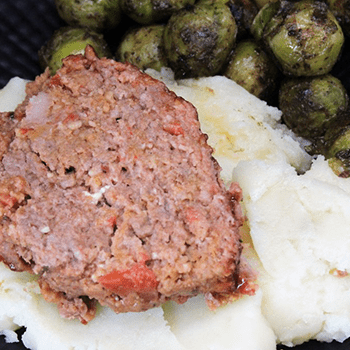
Everyone needs a little comfort food from time to time, and meatloaf definitely fits the bill.
Read more
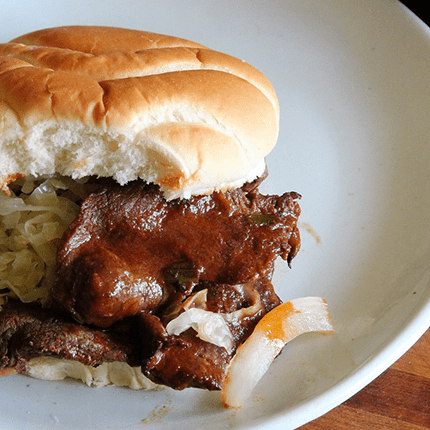
These quick and easy BBQ sandwiches are perfect for a quick venison meal.
Read more
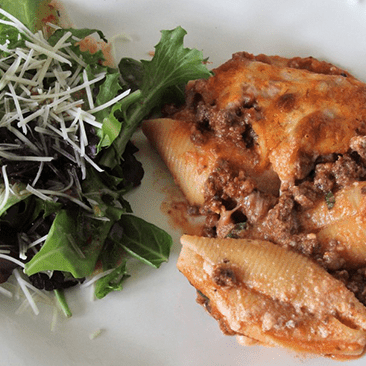
This Stuffed Shells with Venison Meat Sauce recipe will hit the spot.
Read more
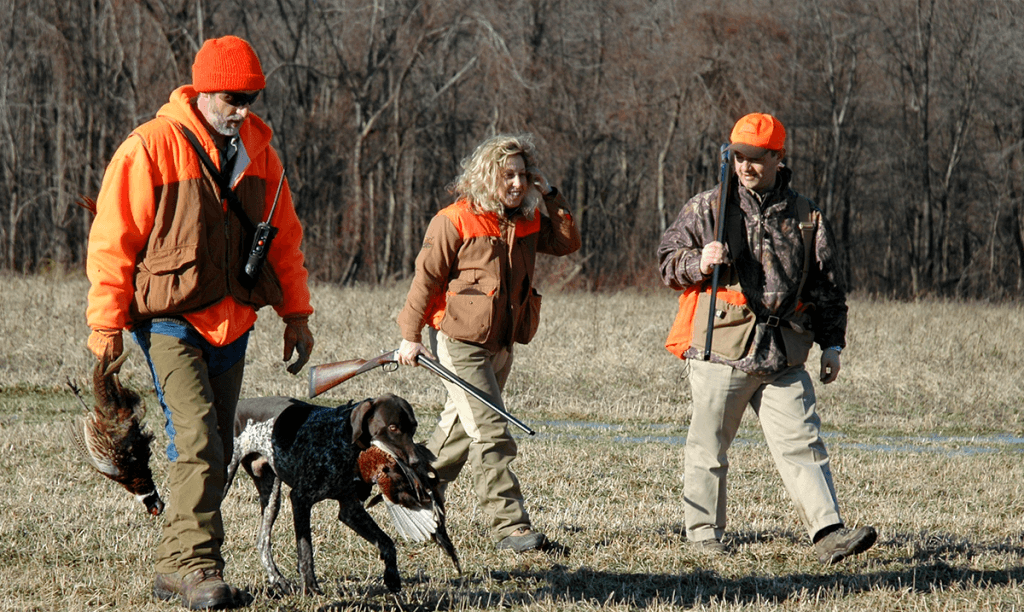
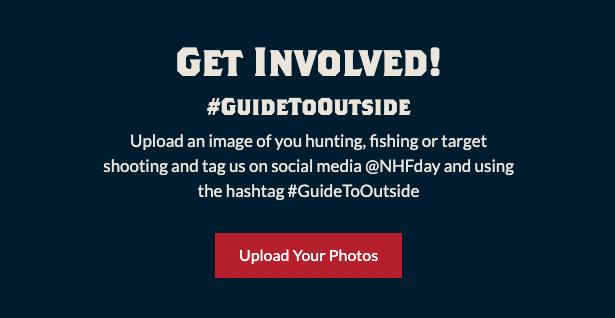
 There are plenty of choices among the deer rifles, and the correct choice is a personal one.
There are plenty of choices among the deer rifles, and the correct choice is a personal one.
 A short-action Savage Model 11, chambered in .308 Winchester and stocked in the LadyHunter configuration with a shorter buttstock, is a perfect choice for women heading to the deer woods.
A short-action Savage Model 11, chambered in .308 Winchester and stocked in the LadyHunter configuration with a shorter buttstock, is a perfect choice for women heading to the deer woods.
 A pair of bolt-action rifles, the Winchester Model 70 and Ruger Model 77 MkII, each a great choice for general deer hunting.
A pair of bolt-action rifles, the Winchester Model 70 and Ruger Model 77 MkII, each a great choice for general deer hunting.
 The Winchester Model 94, chambered in .30-30 Winchester, still makes a solid deer rifle, especially in the East where shots tend to be closer in thick forest habitat.
The Winchester Model 94, chambered in .30-30 Winchester, still makes a solid deer rifle, especially in the East where shots tend to be closer in thick forest habitat.




